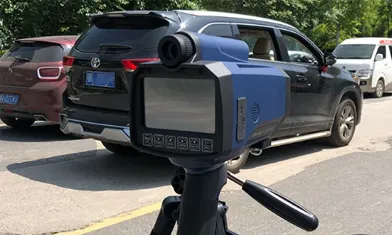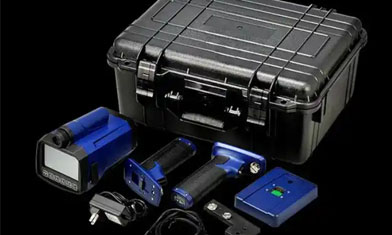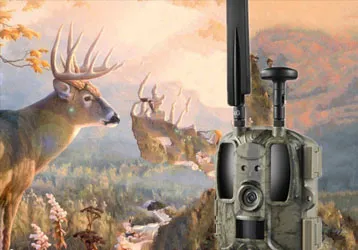Day And Night Color Wildlife Infrared Triggered Camera
A day/night color wildlife infrared-triggered camera is a device used for wildlife monitoring. It can capture color images or videos both day and night, providing richer and clearer data for wildlife research and conservation. Here's a brief introduction:
How it works:
This type of camera typically uses passive infrared sensing technology. When a warm-blooded animal passes in front of the camera, the temperature difference between the animal's body temperature and the surrounding temperature causes a change in the heat around the camera. The infrared sensor detects this change and generates a pulse signal, triggering the camera to record. During the day, the camera uses natural light for color recording; at night, it uses supplemental infrared or white light to achieve color imaging. For example, the Onick AM-66 is equipped with four 940nm infrared lights and four white lights, allowing it to capture color photos or videos at night using the white light supplemental illumination.
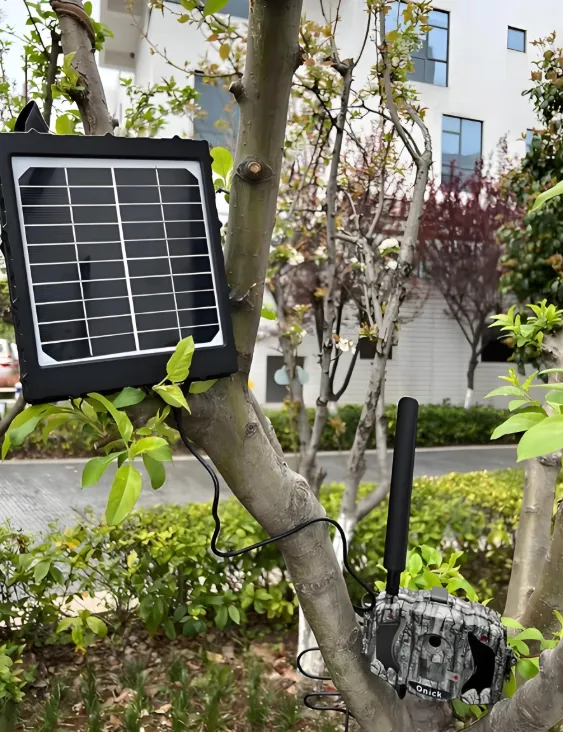
Key Features:
High-Resolution Imaging: Many day and night color infrared trigger cameras feature high pixel counts. For example, the Onick AM-999 Wi-Fi version uses a 36-megapixel CMOS chip, producing clear, detailed images that can capture subtle features of wildlife, such as fur texture and markings.
Fast Trigger Response: To capture the fleeting movements of wildlife, these cameras typically have a fast trigger speed. For example, the ML7 infrared camera has a trigger speed of under 0.2 seconds, ensuring you never miss a single moment.
Waterproof and Dustproof Design: Because cameras are used for extended periods in the wild, they generally feature excellent waterproof and dustproof properties. For example, the Onick AM-66 boasts an IP68 waterproof rating, ensuring it remains operational in harsh environments like snow and storms.
Large-Capacity Storage: Supports larger memory cards to accommodate extended shooting sessions. For example, the ML7 infrared camera supports 512GB SD cards, allowing it to store large amounts of high-definition images and videos.
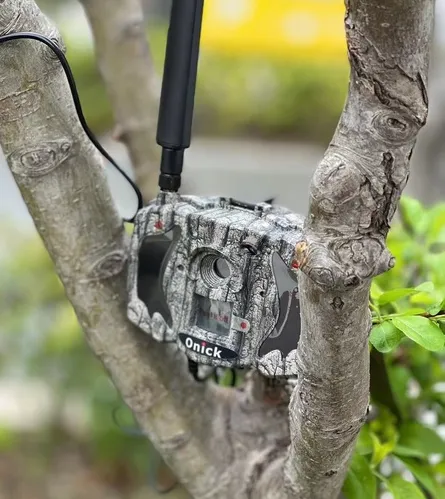
Applicable Scenarios
Wildlife Research Monitoring: Can be used to study wildlife behavior, population dynamics, and distribution. By analyzing color images and videos captured by the camera, researchers can more accurately identify individual animals and understand their activity patterns and ecological needs.
Nature Reserve Management: Helps reserve managers monitor wildlife activity and promptly detect signs of rare species. It can also be used to detect illegal poaching, logging, and other destructive activities, providing strong support for the protection and management of protected areas.
Ecotourism Monitoring: In ecotourism areas, day and night color infrared-triggered cameras can be used to monitor the impact of tourists on wildlife and their responses to human activities, enabling better planning of tourist routes and activities and achieving sustainable ecotourism development.
